La Maison Fleurie
Henri-Jean Guillaume Martin
(French, 5 August 1860 — 12 November 1943)
La Maison Fleurie
Henri-Jean Guillaume Martin
(French, 1860 — 1943)
-
Oil on canvas
29½ x 33½ inches
Signed lower left -
Born Henri-Jean Guillaume Martin in 1860, Henri Martin was a French painter from Toulouse. After persuading his parents that his future lay in art, he enrolled at the École des Beaux-Arts in Toulouse, and then completed his artistic education in Paris.
Early career
Martin received solid academic training, which heavily influenced the first part of his career. After five years of submitting traditional paintings to the Salon, during which he was awarded a first-class medal, Martin accepted a grant to study in Italy where he developed a huge admiration for Pre-Renaissance and Renaissance painters such as Giotto and Raphael.
Influences
Unusually, Martin also became influenced by Seurat and other Post-Impressionist painters, which led him to briefly pursue a fusion of conservative academic imagery with the short divisionist brushwork of Seurat and his followers. This period of stylistic soul searching led to several years producing Symbolist works, culminating in the long series of mural commissions which made his name.
Themes
However, the big change in Martin’s career can be traced to his purchase of a property in Labastide-du-Vert, north of Cahors, in 1900. Very quickly, Martin abandoned the allegory and myth of Symbolist art and began to use nature as his inspiration.
Alongside a continuous stream of wall paintings, he started to work on canvases in his now habitual Post-Impressionist manner, predominantly of the countryside and villages in the south of France. These paintings are considered among his most successful works, and he continued to produce them until his death in 1943.
